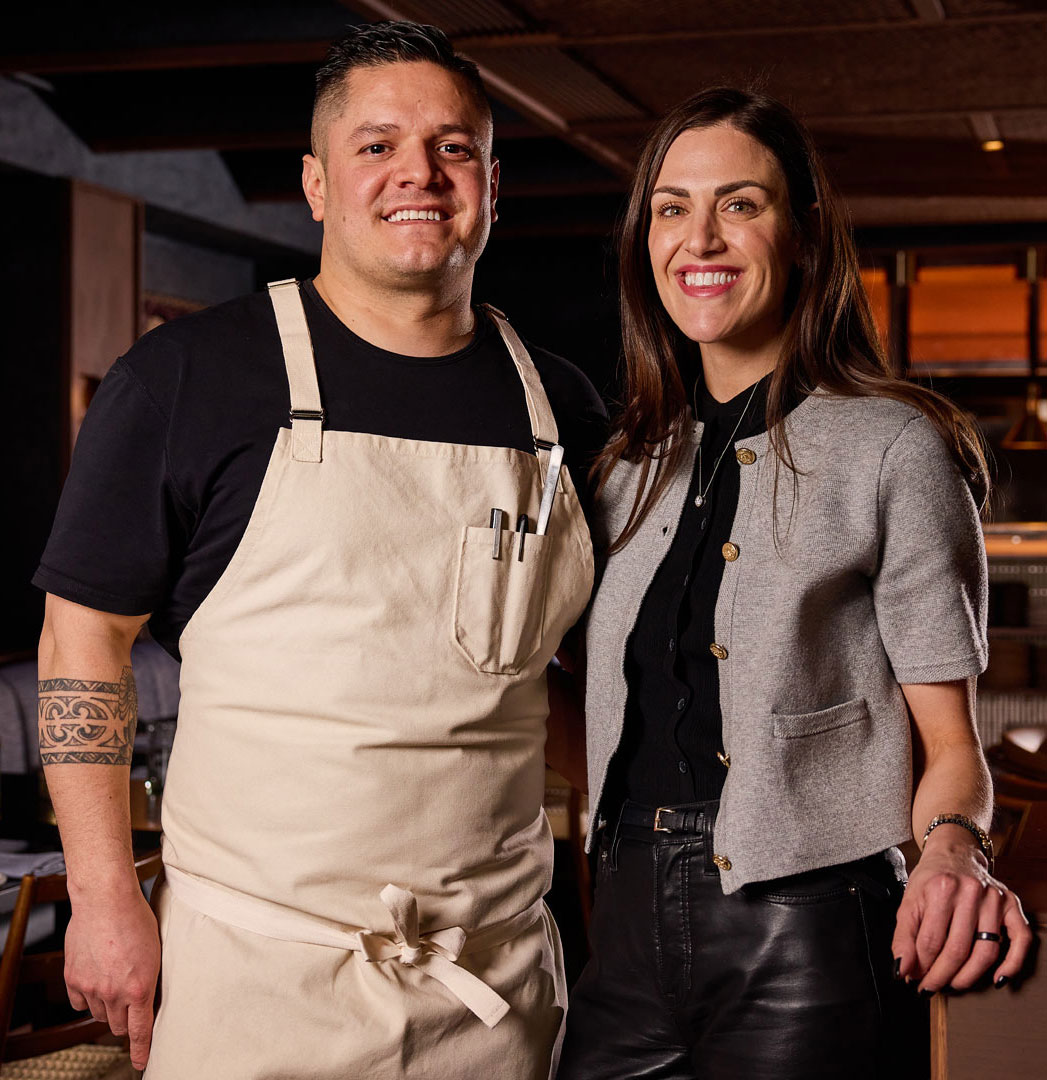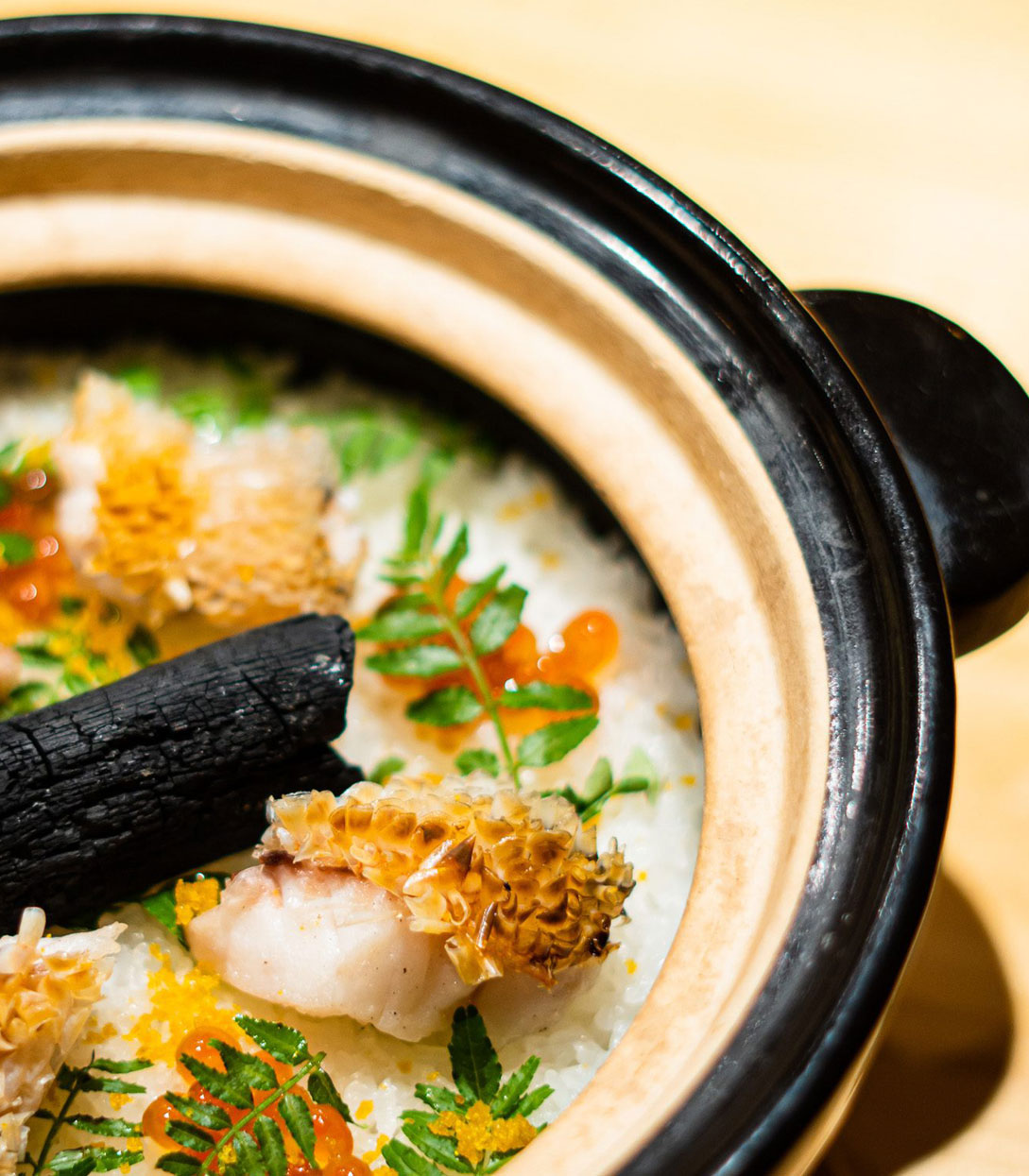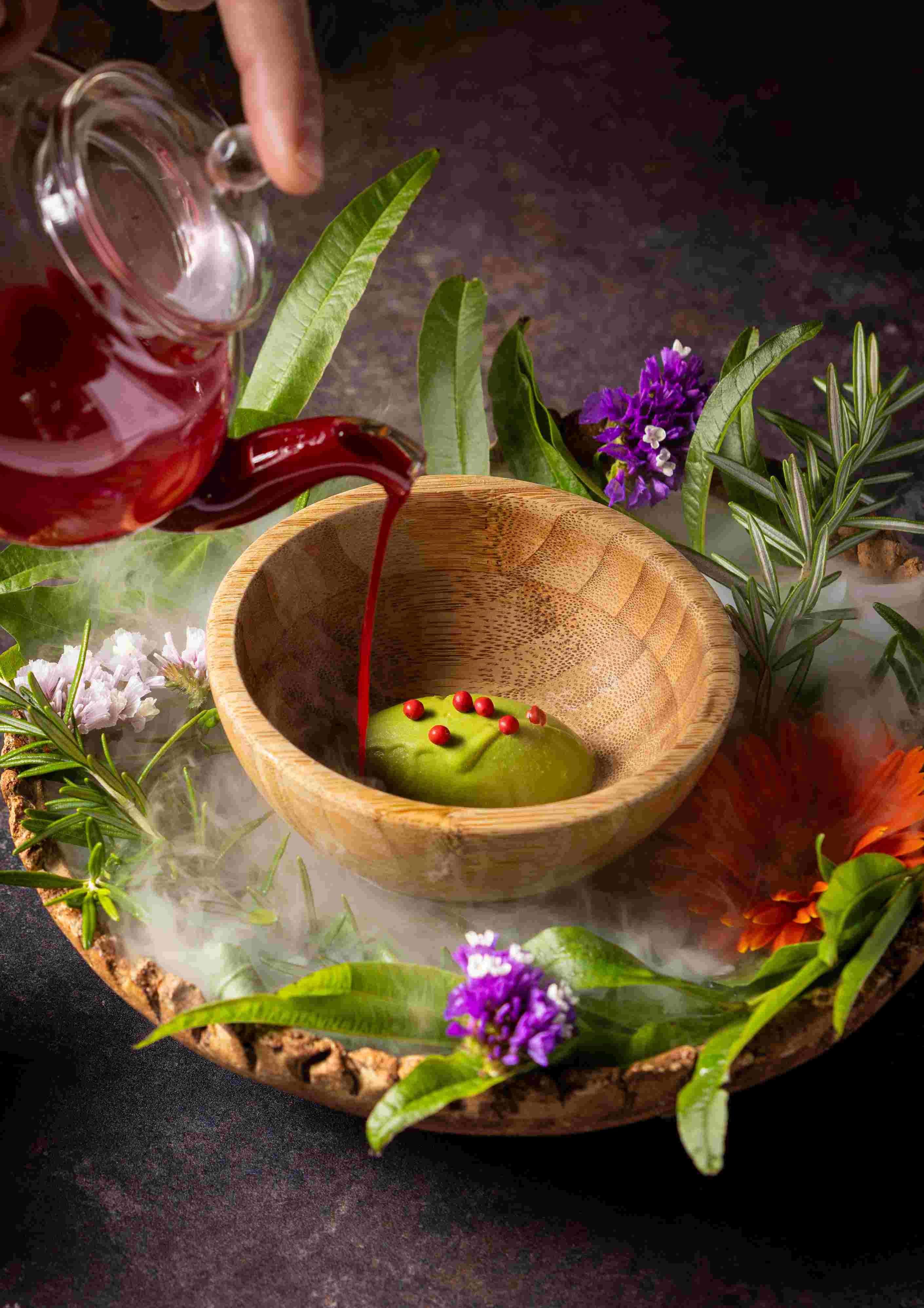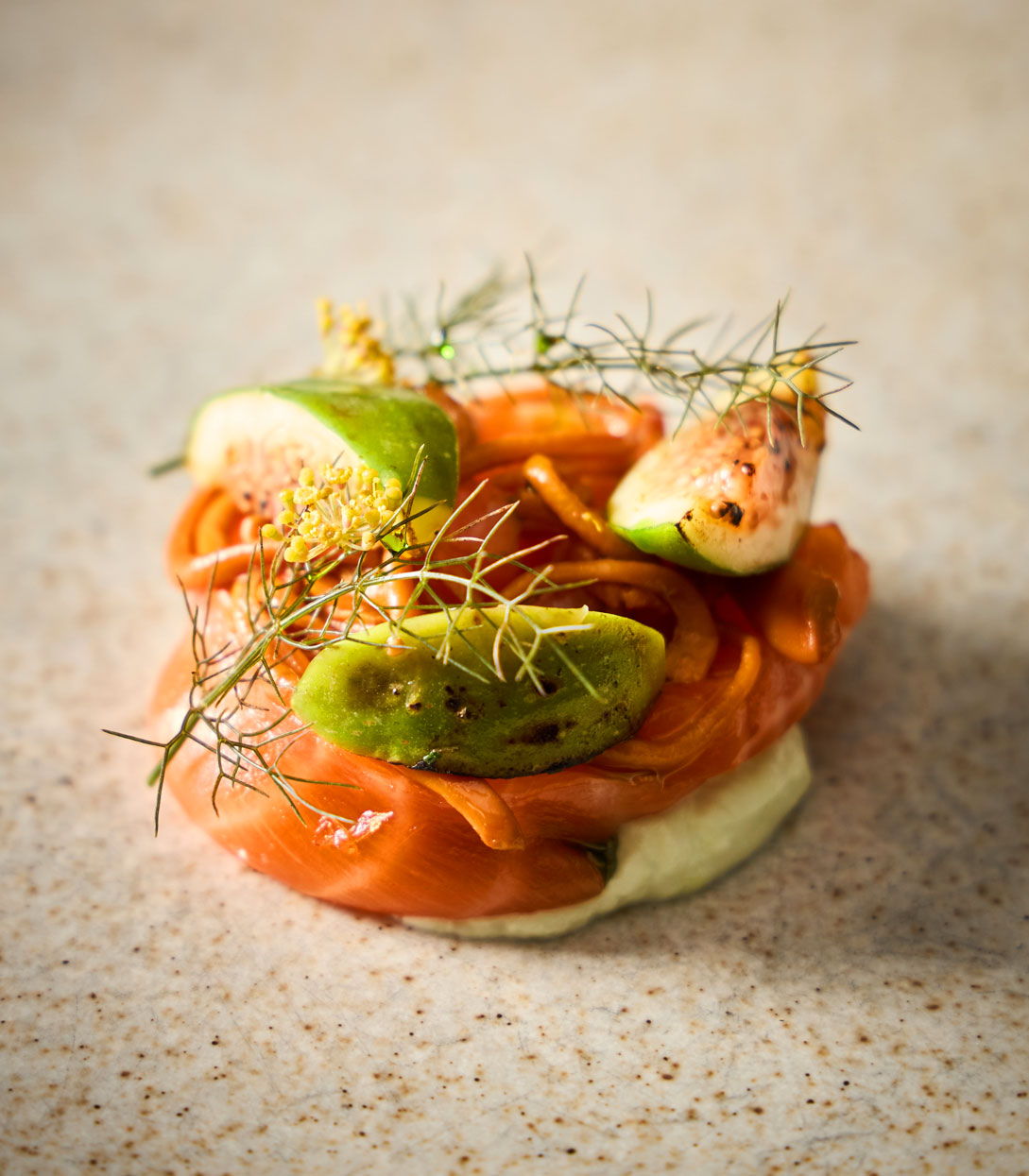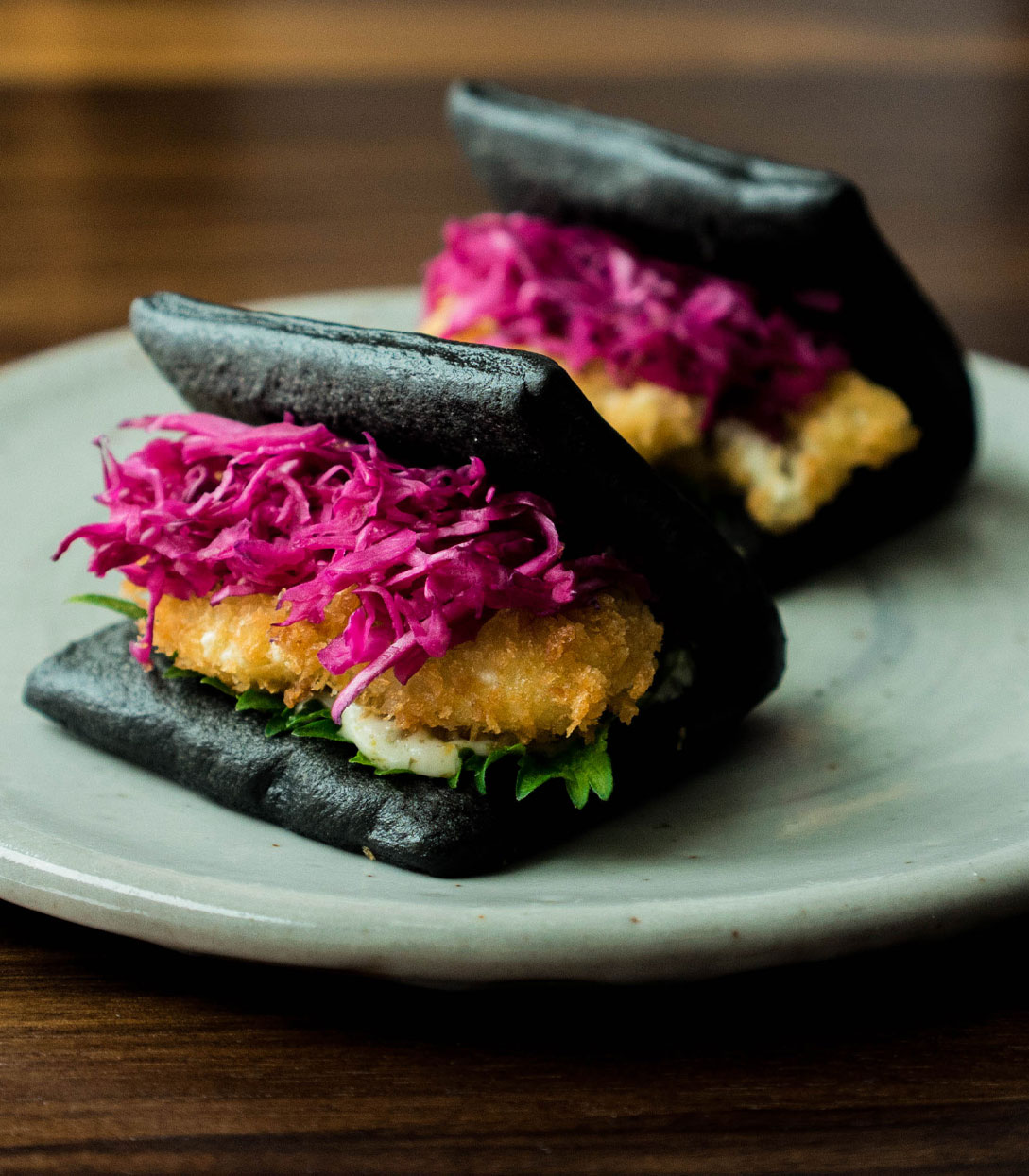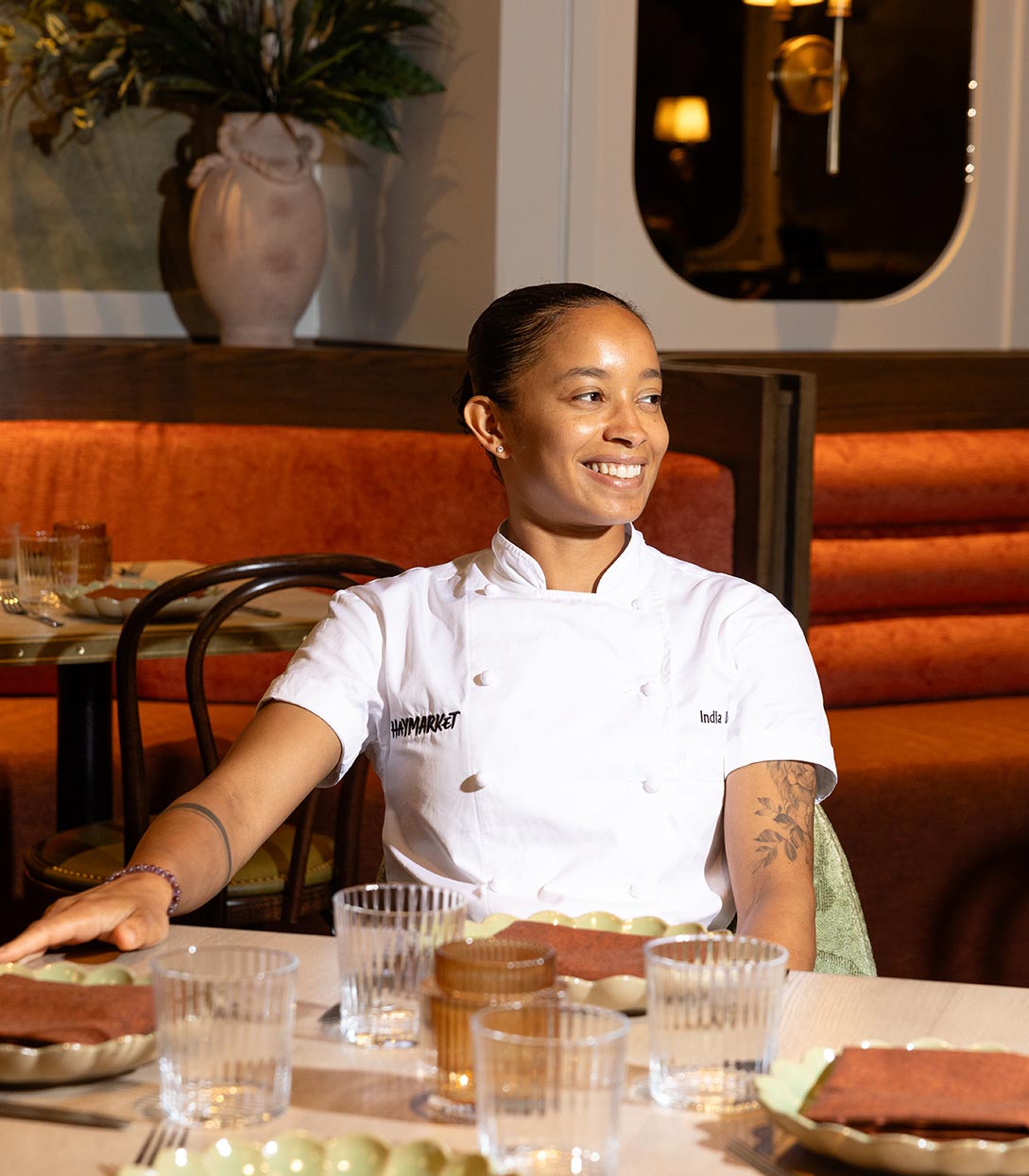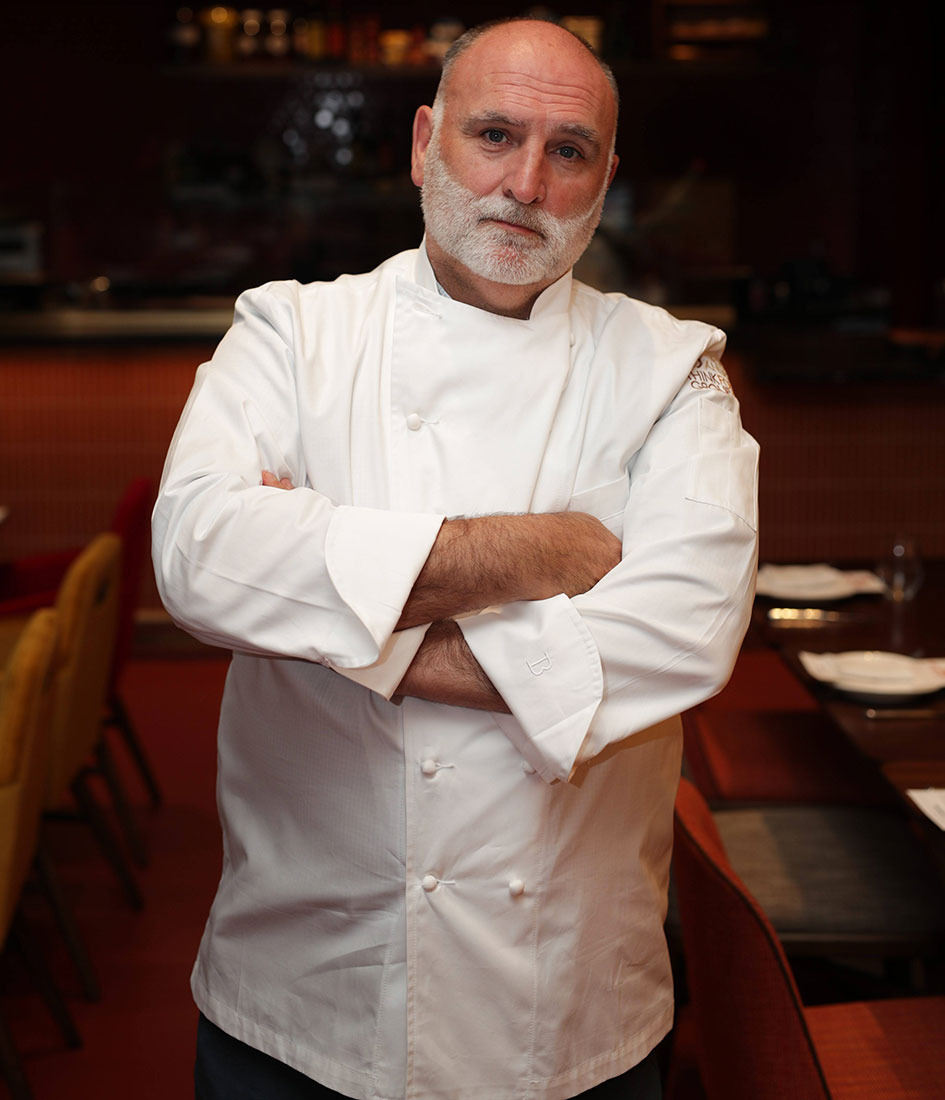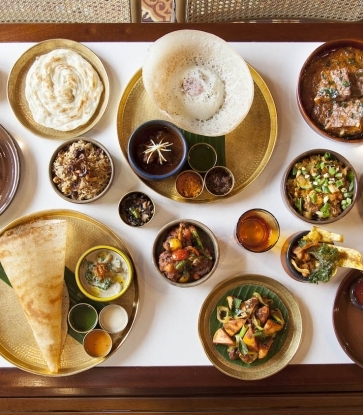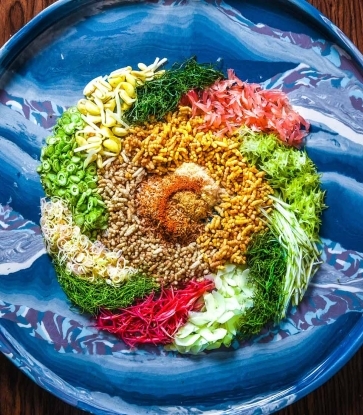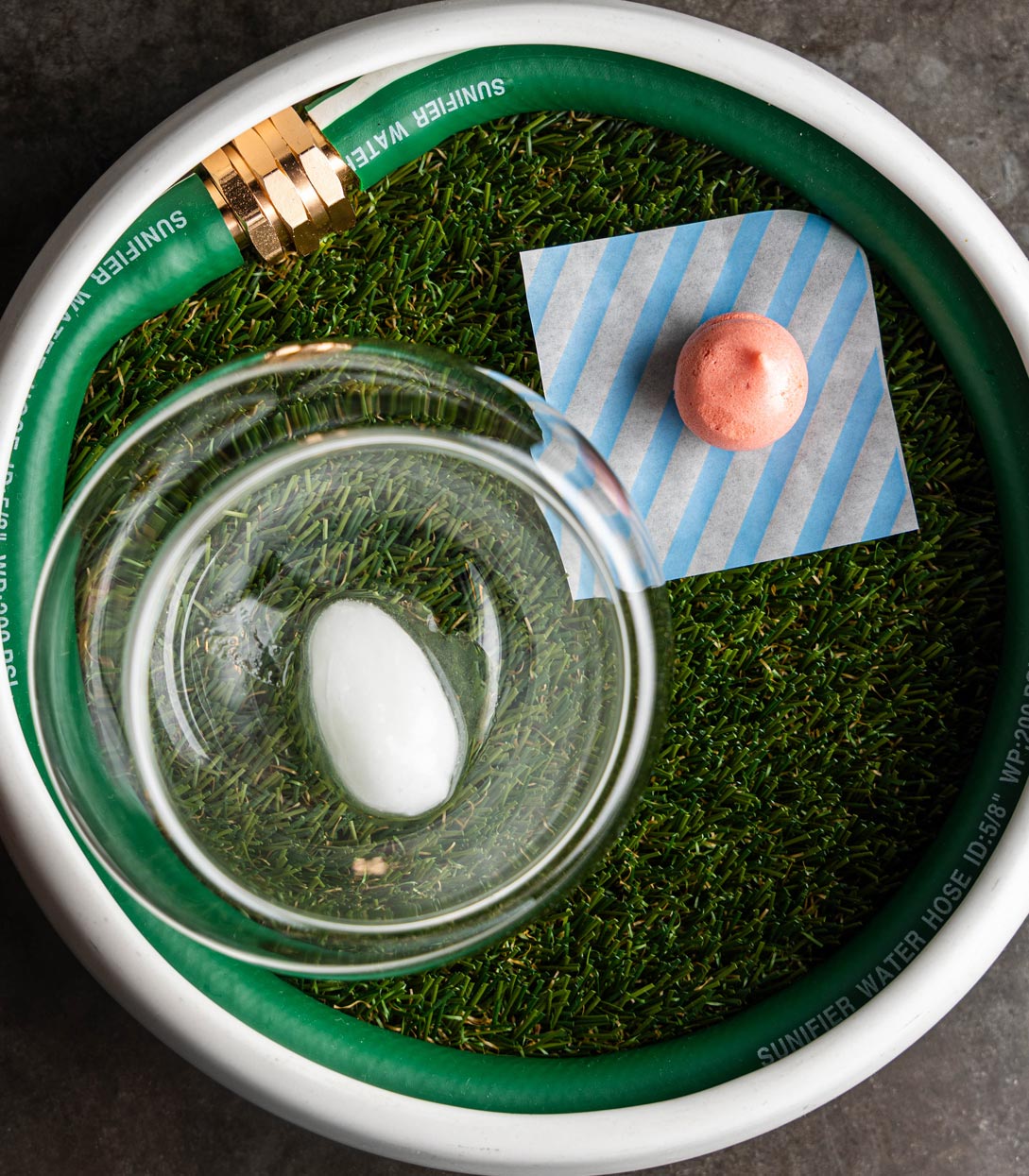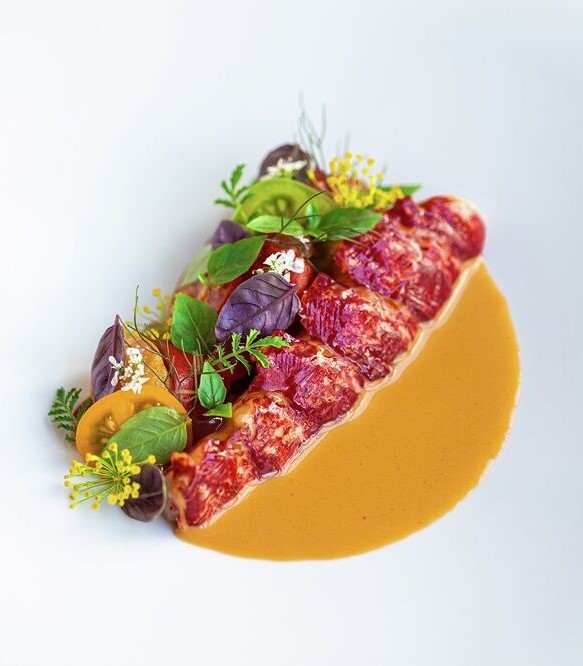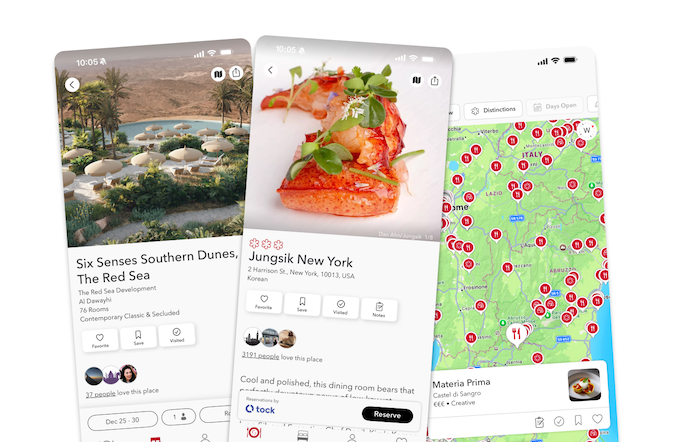For a luxury Korean culture immersion, can one place have it all? Genesis House sure does.
Book lovers can find rare collections in The Library. Art lovers can explore thought-provoking exhibits like Starscape. Tea lovers can experience ancient traditions in the Tea Pavilion. Car lovers can see the latest luxury from Genesis in the Showroom. And food lovers can enjoy the MICHELIN-recommended Genesis House Restaurant.
At the restaurant, dishes are inspired by Korean culinary traditions dating back centuries. Trained, thoughtful chefs take those memories and pursue modern interpretations with local ingredients that truly honor the timeless cuisine.
Recently, we sat down with Executive Chef Mincheol Shin to learn more about his inspiration, philosophy, and menu highlights. Mas-issge deuseyo!
How did you conceive of the all-day a la carte menu?
A la carte service allows us to show our guests specific glimpses into our service without committing to a curated multicourse dining experience.

What are some standouts from the menu?
Hanbang Oli
The dish is inspired by a traditional stuffed duck presentation that dates back to the Goryeo Dynasty. Whole ducks would be stuffed with sticky rice and medicinal herbs, first blanched, and then roasted as a centerpiece of royal court banquets. The Genesis House presentation features the key components of the classic dish adapted for purpose as a transitional course in our tasting menu. Whole ducks are cured to concentrate the natural flavors of the meat.
Nestled under the skin of the duck breast, stuffing made of hedgehog mushrooms, medicinal herbs, dried fruits, and pumpkin seeds infuses the duck with earthy yet delicate flavors as they sear together. The stuffed breasts are seared skin-side down to crisp the skin and render the fats - which are pulled into the sticky rice through wicking action, increasing the richness of the dish – then turned to pick up a sear on the flesh side, whereby the rice is finished steaming in the naturally rendered duck jus.
These stuffed breasts are cut into segments, plated with parsnip puree, a ginseng foam, and a 14-hour jus made from the roasted duck bones mounted with jujube and astragalus.

Seolleongtang Myeon
Seolleongtang is a classic wintertime soup made from a rich beef bone stock which simmers for a full 36 hours before use in our dining room. This has been a winter staple food, recognizable to Koreans everywhere and largely untouched and unchanged for literal centuries. In fact, the oldest continuously operating restaurant in the entire country of Korea is a Seolleongtang restaurant “Imun Seolnongtang” in the Jogno district of Seoul.
This is less traditional in the global sense, rather a function of my history and my family’s table growing up in Korea. While the beef stock and the seasonings are very traditional, Seollongtang is typically served as a rice dish. My mother and I always preferred Somyeon to rice, so that’s how we would have it whenever she would make it at home when I was a child. At Genesis House, our version of Seollongtang is made with house-made noodles mounted with white and black pepper, which both references my mother’s kitchen and the way I tend to season it for myself and my family. Plenty of white and black pepper, and plenty of green onion.
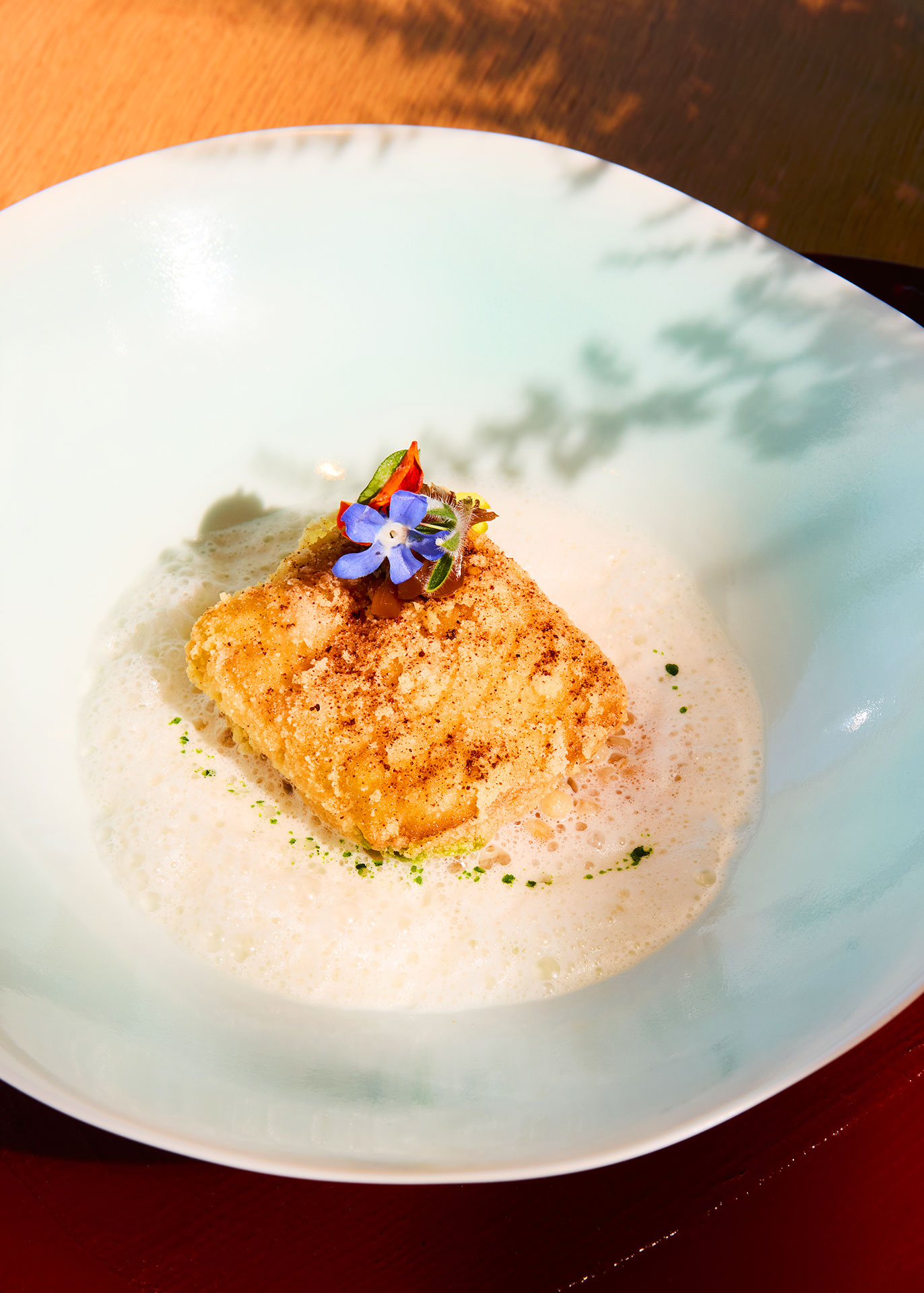
Why do a la carte dining vs a tasting menu?

The winter lunch and dinner menus feature Mul Hwe. What is the significance of this dish and how does it represent the season?
The ‘Mul’ in Mul-hwe is a verbal shorthand for seafood and the ‘Hwe’ refers to anything raw or fresh. The format of our tasting menus – and the format of traditional multicourse menus in Korean dining – is not to simply feature dishes we enjoy at random, rather to show a progression of temperatures, textures, and traditional stylistic preparations. In this format, a raw course is necessary in that progressive style. Our Mul-hwe changes from season to season highlighting what we want to present in terms the seasonal cycle and the cycle of our house fermentation projects. During the summer months, we featured Jeongangi – a Korean Skipjack – as it’s comes to peak season in its summer migration along Korea’s southeast coastline. The medallions of raw fish were layered with summer herbs and fresh citrus in order to capture the aromas and flavors of the summer season. And the brine that dresses the dish – a fortified dongchimi broth – was mounted with heirloom tomato water we prepped daily in order to extend and capture the flavors of the season.
As we moved into fall and winter, Jeongangi yielded to Bang-eo – Mature amberjack – with its higher fat content and richer flavors. The summer herbs have given way to stronger, darker flavors of autumn and winter, and whereas the Summer Dongchimi brine was mounted with tomato water, we now take the same product and offer it as a longer-term ferment in order to show the change of season as well as how the ingredient develops through traditional Korean preservation techniques.

How do you begin creating a new menu?
Each dish that we put on the menu should be exciting and new, but each dish should also be recognizable and easy to appreciate for our parents and grandparents, even if they’ve never been to a restaurant of this nature before.

The cocktail program continually provokes with the flavor profiles. What’s the starting point and how do you determine which ingredients to highlight?
Whereas an Italian or French menu assumes the presence of wine on a table to cut through increasing amounts of fat, salt, and sugar over the course of a multicourse meal, the Korean table developed entirely without that ubiquitous set of acids and tannins. The dishes are – for lack of a better term – complete. Cocktails, sool, and wine pairings are not meant to serve as contrasts or cuts to the dishes we bring to the table, rather a means of extending and highlighting certain elements on the plate.
Likewise, we make sure to offer a series of beverages at lower proof levels than many other restaurants are accustomed to offering. While we offer a variation on a Tuxedo #2, we also carry a house version of the Chrysanthemum – Like the Tuxedo #2, it’s an absinthe-rinsed cocktail, but it’s made entirely of softer components, namely Fino Sherry and dry vermouth. In this sense we are able to deal with proof level and alcohol as a texturizing agent as much as we do its other effects.

What is the ideal cocktail (or soju) pairing for:
The Yangnyeom Galbi is a marinated cut. The sweeter aromatics and natural sugars in the marinade warrant a pairing that matches the aromatic intensity without adding any additional sugars to the plate. Likewise, the dish is plated with several fermented components that provide both salt cures and acid structures of their own, so adding anything in the way of high-tone bright acidity is going to be a mistake. And from a personal perspective, there’s something to be said about the concept of a Steakhouse Martini that I’ve always found nostalgic. To that end, the Tuxedo #2 is the clear frontrunner as a matter of taste. The absinthe wash highlights the sweeter tones in the marinade, and it finishes clean on an otherwise very rich dish.
Colorado lamb
The Colorado Lamb is set to a bed of pumpkin with a fried and marinated brussels sprout namul. Rather than adding sweetness or acid to the dish, we want to accentuate the earthier flavors in the protein, the puree, and the vegetable alike. To that end the Barley + Rye comes to the head of the pack. All of the elements on the plate speak to grassier flavors and sweeter vegetal qualities. Rye Whiskey, Soju, and Barley syrup ground those flavors and aromas, bringing out the earthier aspects in each.

Braised pork
The Pork Onmyeon is based off of a richer pork stock, accented by both our house ssamjang and a condiment of chilies and seujot that both bring strong flavors of fermentation. We want to pair this with something that balances both those stronger fermented flavors and the salt in the stock. We feature a number of traditional Korean spirits in our beverage program, and of those Cheongju is my go-to pairing to balance out the flavors of this dish. Kimpoyeaju is my go-to pairing for what we have in category. Cheongju literally translates to ‘clear liquor’ or ‘white liquor.’ It’s a cousin to the more familiar makgeolli that’s been clarified and mechanically refined to be fully separate from its solids. After three years of oxidative aging, it takes on a golden cast with a mild sweetness and a sherry like oxidative effect that lines up perfectly with each of the components of the dish.
And on a personal level, I love a Bad Pun. Kimpoyeaju comes to us from Gimpo city. It also is desgned to reference ‘Gimpo’ which is an antiquated term for stores that handle the buying and selling of gold. A gold coloured beverage with a terrible ‘dad-joke’ pun attached is hard to resist.
Chicken
The chicken on our all day a la carte menu and lunch menu has a heavy belt of gochujang in the marinade leading to a strong flavor of spice and a decent lactic-acid signature on the finish. Higher proof beverages do very poorly at countering that from a structural perspective. Two roads diverge in a yellow wood here, and sorry I could not travel both, a choice must be made. From a cocktail pairing perspective: the Chrysanthemum. It’s a softer cocktail based off of Fino sherry and Dry vermouth with an absinthe rinse complimenting the aromatic structures of the dish while at the same time making sure we don’t ‘throw fuel on the fire’ by adding stronger spirits to the equation. (High proof beverages make the capsacin hit harder).
For a more traditional pairing, we feature a full lineup of Hana Magkeolli’s products coming out of Greenpoint. These are traditionally-brewed rice wines, taken down to at or near fully dry status, and very, very far removed from the plastic bottles you may find at the late night gogijip. The Hana Hyunmi has the aromatic complexity I’ve always looked for in a well-craftd rice wine with the texture I’ve always liked from quality craft makgeolli. And the fact that it’s made in one of the very few takju microbreweries in the world with direct oversight from the ownership is something we take pride in being able to feature on our list.

What’s next for Genesis House? What are you hoping to highlight for the transition into spring?
Hero image: All images courtesy of Genesis House





